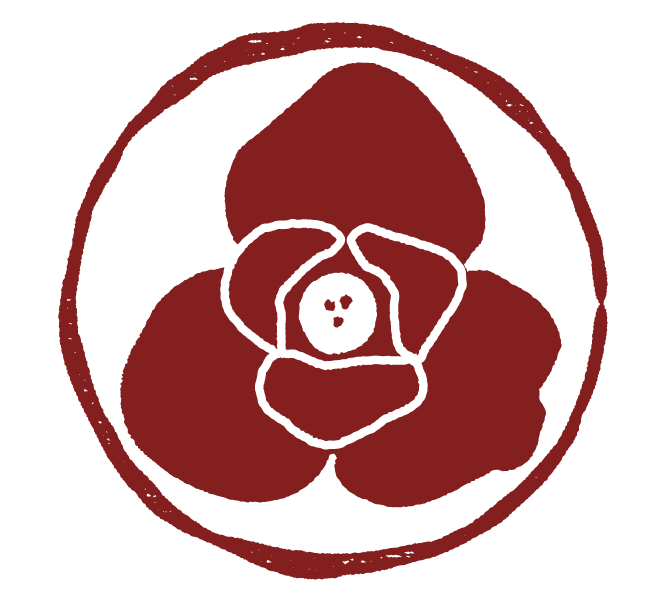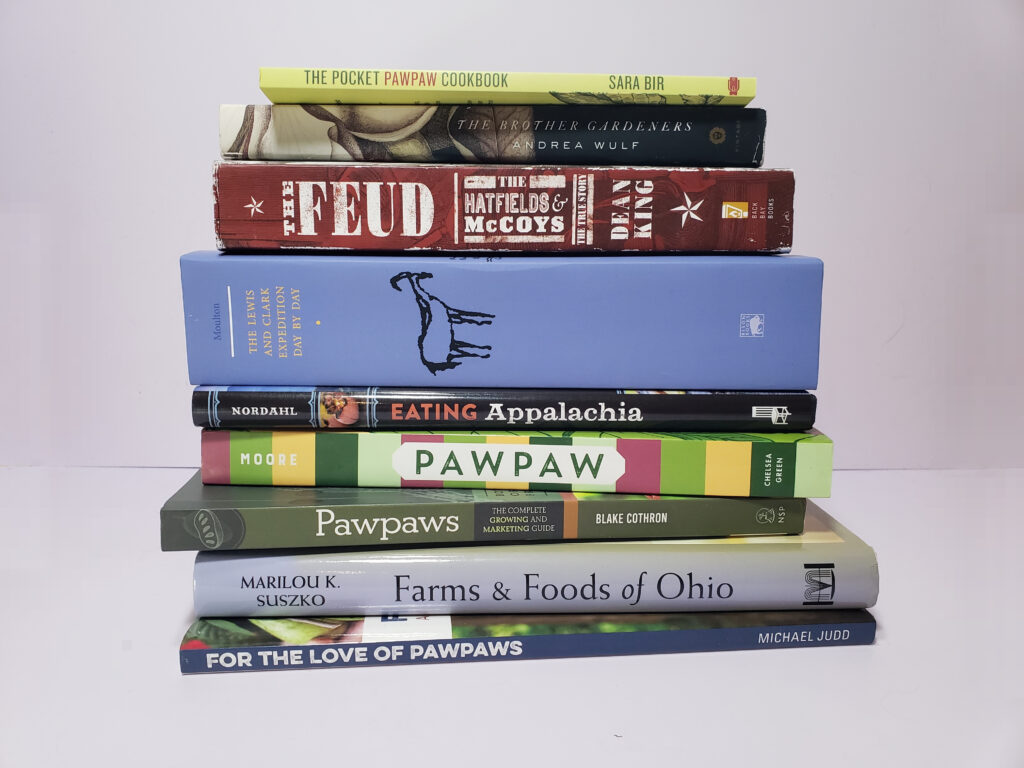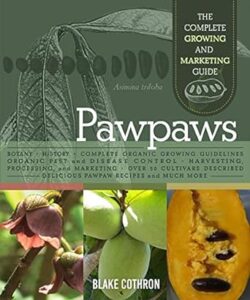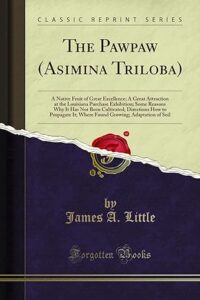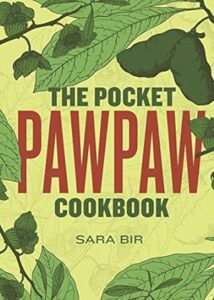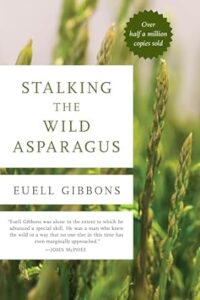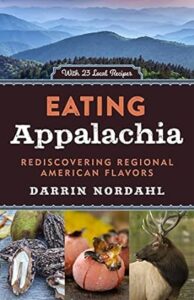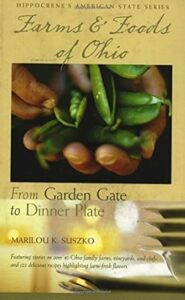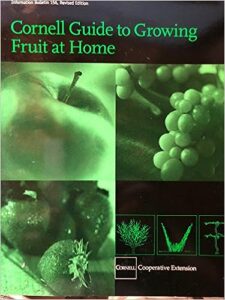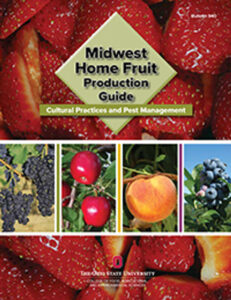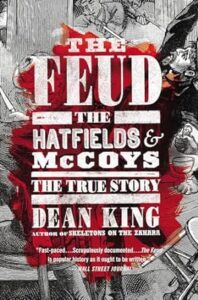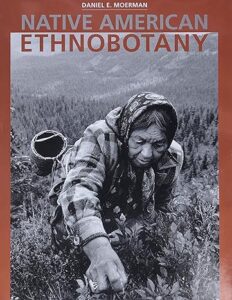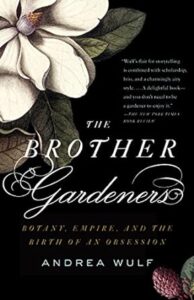Must-Have’s for Your Pawpaw Library Collection
This post contains affiliate links. As a member of Amazon Associates, I may earn a commission on qualifying purchases at no cost to you.
Finding reliable and practical information on pawpaws can be challenging, especially for new growers or enthusiasts. We are here to shine a spotlight on helpful resources for interested readers.
This curated collection of books covers all bases:
- GROWING: Small-scale and organic propagation advice specific to pawpaws
- COOKING: A wealth of pawpaw recipes to try out after harvest
- EDUCATION: Gardening best practices with special mention to pawpaws and other native fruits
- HISTORY: Dig into Native American ethnobotany, early colonial times, and more
CREAM OF THE CROP
Andrew Moore
Pawpaw: In Search of America’s Forgotten Fruit
Published 2017
This James Beard Foundation Book Award Nominee helped spur the more recent uptick in interest for our favorite native fruit. Part travelogue and part history lesson, Moore’s chapters profile many of the living legends in the pawpaw community. The appendix includes a list of well-respected nurseries as well as cultivar profiles.
GROWING
Blake Cothron
Pawpaws: The Complete Growing and Marketing Guide
Published 2021
Cothron is the owner and operator of Peaceful Heritage Nursery (Stanford, KY), a certified organic farm that offers pawpaw scion wood, ultra-select seeds, and grafted trees. The book is a valuable reference for chapters such as “Pests, Diseases, Disorders, and Their Management” and the impressively comprehensive “Pawpaw Cultivars.”
Michael Judd
For the Love of Pawpaws: A Mini Manual for Growing and Caring for Pawpaws–From Seed to Table
Published 2019
Judd specializes in permaculture and is the founder of the Annual Paw Paw Festival at Long Creek Homestead in Frederick, MD. A picture can be worth a thousand words to a pawpaw grower: the book contains detailed illustrations and loads of color photography.
James Alexander Little (1832-1908)
The Pawpaw (Asimina triloba): A Native Fruit of Great Excellence
Published 1905
The book is a quick read but a historic gem with observations and cultivation tips that remain true – from seeds to rootsuckers. Little is among the first of several distinguished Indiana growers that have elevated and championed the fruit. His best advice? “So I will conclude by saying, plant the trees and nature by a kind Providence will do the rest.”
COOKING
Sara Bir
The Pocket Pawpaw Cookbook
Published 2021
A native of Marietta, OH, Bir is a food writer, chef, and forager. Her recipes include creative twists on familiar dishes and desserts as well as more adventurous fare such as Banana Pawpaw Ketchup. The book kicks off with an introduction by social media phenom Alexis Nikole Nelson (@blackforager) and wraps up with the highly informative “A Q&A with Dr. Rob Brannan” of Ohio University.
Euell Gibbons (1911-1975)
Stalking the Wild Asparagus
Published 1962
Gibbons jumpstarted wild foods into mainstream culture in the 1960s and 1970s. A jack of all trades with a humble background, he found fame as a naturalist writer and on talk shows and commercials. The book is more than a just cookbook – and is a must-read for foragers. We are advised to “lock the doors to keep the neighbors out” after whipping up the recipe for “fluffy” pawpaw pie filling.
Darrin Nordahl
Eating Appalachia: Rediscovering Regional American Flavors
Published 2015
Out of the gate, Nordah dives into pawpaws in “Albany, Ohio: Way Down Yonder” which profiles Integration Acres. There are six distinct recipes (with color photos) from Ohio Pawpaw Festival cook-off winner Beth Riordan and Chef Dave Rudie. Notably, the chapter includes a very useful discussion about cooking do’s and don’ts for pawpaws plus suggestions on flavor pairings.
Marilou K. Susko
Farms And Foods of Ohio: From Garden Gate to Dinner Plate
Published 2007
On a personal note, this is the book that triggered my obsession with pawpaws after discovering it in a gift shop at Hocking Hills State Park. Susko features Integration Acres (Albany, OH) in the chapter “Finding a Niche” with recipes for pawpaw lassi and pawpaw barbeque sauce. There are 47 profiles of farms, vineyards, and restaurants that will reenergize any reader to explore and buy local.
EDUCATION
Cornell Cooperative Extension Department of Horticulture, Cornell University
Cornell Guide to Growing Fruit at Home
Issued 2003-05
This outstanding reference is a free download that “describes how to…select sites; prepare soil; plant, prune and train shrubs and trees; and deal with diseases and pests.” Although the publication focuses on grapes, strawberries, and brambles, the section “More Minor Fruits” includes pawpaws.
Ohio State University Extension
Midwest Home Fruit Production Guide
Issued 2010
The 148-page bulletin “demonstrates proper planting techniques and maintenance practices of…fruit crops in the Midwest and beyond” and is aimed at home gardeners, Master Gardeners, and educators. This publication contains 269 color photos and illustrations with extensive information on pests and diseases. Pawpaws are highlighted under “Less Commonly Grown Fruits.”
HISTORY
Dean King
The Feud: The Hatfields and McCoys: The True Story
Published 2013
There is a dark side to the history of pawpaws. The infamous Hatfield and McCoy feud reached a peak in August 1882 with the Pawpaw Tree Incident, which Kentucky has memorialized with Historical Marker #2047. King’s book is a page-turner and covers the brutal and grisly details of what went down in the pawpaw patch.
Humphry Marshall (1722-1801)
Arbustrum Americanum: The American Grove
Published 1785
This is the first botanical book written and published by an American on native trees and shrubs. Marshall, the Father of American Dendrology, was a commercially successful nurseryman and cousin of renowned botanist John Bartram. The work is older than The Constitution (1787) and dedicated to his friend Benjamin Franklin. Thanks to the alphabetical arrangement, “Annona triloba” (papaw tree) is presented early in the catalog.
Daniel E. Moerman
Native American Ethnobotany
Published 1998
Moerman is a medical anthropologist and Professor Emeritus at the University of Michigan-Dearborn. The book is dense (no photographs or illustrations) and serves as a reference tool, organized by tribe and plant usage. His comprehensive work is also available in a database with more than 4,000 plants. Naturally, pawpaws are cited as food (Cherokee, Iroquois) but the trees were also an important source of fibers for cordage.
Gary E. Moulton
The Lewis and Clark Expedition Day by Day
Published 2018
Moulton is Professor Emeritus of American History at the University of Nebraska and edited the definitive 13-volume collection of journals from the Lewis and Clark expedition. This book distills and narrates the journey by day, leveraging the original source material. Jump to September 1806 when the Corps of Discovery ran out of provisions and foraged on pawpaws during the home stretch return to St. Louis, MO.
Andrea Wulf
The Brother Gardeners: A Generation of Gentlemen Naturalists and the Birth of an Obsession
Published 2010
Although the mention is brief, there is a wonderful revelation around the first successful cultivation of “papaws” (Asimina) abroad by Philip Miller at Chelsea Physic Garden in London. The book centers on American botanist John Bartram (1699-1777) and his unique contributions to international horticulture. His garden in Philadelphia, PA is a National Historic Landmark. Wulf’s thorough research and writing is a cut above the rest.
Looking for more information on pawpaws?
Visit our blog or check out Hey Google, where can I find pawpaws? A Go-To Guide for Tracking Down Trees, Fruit, and Seeds.
